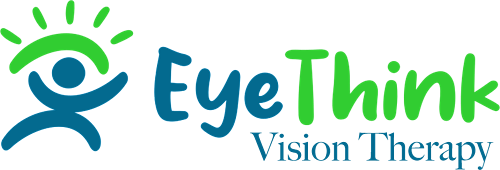“Why does it feel like my child needs stronger glasses every single year?”
It’s a question parents all over are asking—and it’s not just frustrating, it’s scary.
Myopia (nearsightedness) is on the rise, showing up in children at younger ages and progressing faster than ever before. Stronger prescriptions may help your child see today, but they don’t stop the underlying problem.
Worse, unmanaged myopia can increase the risk of serious eye conditions like retinal detachment, glaucoma, and macular degeneration later in life.


The Big News Parents Need to Hear
On September 25, 2025, the FDA granted De Novo market authorization to Essilor’s Stellest® spectacle lens—making it the first and only FDA-authorized glasses in the U.S. proven to slow myopia progression in children.
In a U.S. randomized clinical trial, Stellest slowed progression by about 71% on average over two years compared with standard single-vision lenses (GlobeNewswire).
That’s not just a breakthrough, it’s a game-changer for families who want more than “stronger glasses every year.”
Why This Matters
Myopia (nearsightedness) isn’t simply about needing glasses to see the board at school.
When the eye grows too quickly in childhood, it raises the lifetime risk of:
- Retinal detachment
- Myopic maculopathy
- Glaucoma
- Early cataract
That’s why modern myopia care focuses on slowing the eye’s growth early, not just correcting blurred vision.
What Are Stellest® Lenses?
Stellest lenses look like normal glasses but they work very differently.
They use H.A.L.T.® (Highly Aspherical Lenslet Target) technology:
- Thousands of tiny lenslets send a therapeutic signal to the eye, telling it to slow down axial growth.
- The rest of the lens gives clear vision for daily life, school, sports, and screen time included.
Think of them as “treatment glasses”: correction and therapy combined in one lens.
Does the Effect Last?
Yes. Long-term studies presented at ARVO and other meetings show Stellest keeps working over time. Published results at 4, 5, and even 6 years demonstrate sustained slowing of both refractive change and eye growth compared with kids wearing standard lenses.
For best results, kids should wear Stellest lenses all waking hours, just like their everyday glasses.
How Stellest Fits Into a Full Myopia Plan
At Eyes of New Mexico, our Myopia Program is personalized. Stellest is one option, alongside:
- Daily disposable myopia-control contact lenses
- Overnight orthokeratology (Ortho-K)
- Low-dose atropine (in select cases)
We’ll review your child’s eye growth, lifestyle, and preferences to build the plan that’s right for them.
Safety & Everyday Life
- Worn just like normal glasses—no special cleaning routines.
- Comfortable for school, sports, and screen use.
- Most kids adapt quickly.
- We monitor comfort, vision, and axial length every 6 to 12 months to track progress.
What to Expect at Eyes of New Mexico
- Baseline visit: prescription check, corneal health, axial length.
- Lens selection + parent coaching: how Stellest works, what to expect.
- Follow-ups: at ~3 months (adaptation) and every 6–12 months (progress tracking).
- Growth report: so you can see your child’s progress over time.
Ready to Explore Stellest® for Your Child?
If you’re tired of watching your child’s glasses get stronger every year, know this: you now have a proven, FDA-authorized option to slow progression.
Join our priority waitlist for Stellest® fittings as U.S. distribution opens, or book a Myopia Evaluation today to see if it’s the right fit for your child.
FAQ: Parents Ask All the Time
Is Stellest “FDA-approved”?
Technically, Stellest received FDA market authorization through the De Novo pathway not a drug approval. This is how the FDA makes novel, safe devices available in the U.S. (GlobeNewswire).
What ages is Stellest for?
The U.S. trial enrolled kids ages 6–12. Your EONM doctor will guide you based on your child’s age, prescription, and growth.
Will my child still need glasses later?
Yes. Stellest doesn’t “cure” myopia, but it slows progression helping reduce the risk of serious eye conditions later in life.
Ready for a Smarter Way Forward?
If you’re tired of stronger glasses every year and wondering “Is there more we can do?” you’re right. There is something better.
To learn how modern myopia management works (and why it’s already helping children protect their vision for the future), book your child’s myopia evaluation today!


